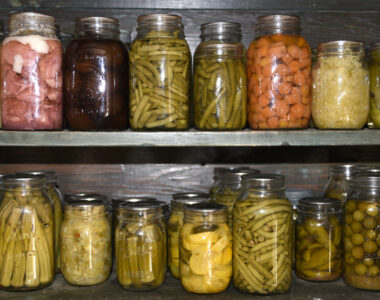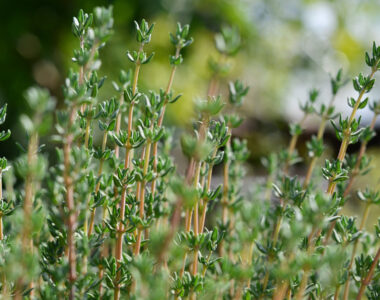
Red crown rot in soybeans is an emerging threat that more growers are starting to face — and it’s easy to mistake for sudden death syndrome (SDS). Caused by the soilborne fungus Calonectria ilicicola, this disease can cause serious yield losses if not properly identified and managed.
With its spread increasing in key soybean-producing regions, understanding how to spot and manage red crown rot in soybeans is critical for protecting your crop.
How to Identify Red Crown Rot in Soybeans
One of the biggest challenges with red crown rot is that it mimics SDS in the early stages. Symptoms typically appear between the R3 and R7 growth stages.
Look for these signs:
- Interveinal chlorosis and necrosis (yellowing between the leaf veins)
- Reddish discoloration at the base of the stem and on roots near the soil line
- Red, spherical perithecia (fungal fruiting bodies) on lower stems and roots
- White mycelial growth on or near root surfaces
Unlike SDS, which usually causes a blue-gray discoloration of the root, red crown rot features more of a red hue, especially near the stem base. The presence of red perithecia is a defining feature.
Management Strategies for Red Crown Rot in Soybeans
There is no cure for red crown rot in soybeans, but there are several proven management practices that can reduce its impact:
- Crop Rotation: Rotate soybeans with non-host crops (avoid peanuts and other legumes). A two-year break between soybean plantings can significantly reduce soil inoculum.
- Improve Drainage: The fungus thrives in wet conditions. Reducing excess moisture through tile drainage or raised beds can slow disease development.
- Sanitize Equipment: Clean soil and debris from equipment when moving between fields to prevent introducing the pathogen elsewhere.
- Consider Seed Treatments: While not a silver bullet, certain fungicide seed treatments may offer partial protection, especially in early growth stages.
- Manage Nematodes: Soybean cyst nematodes can damage roots and create entry points for the red crown rot fungus. Managing nematode populations can reduce infection risk.
Why It Matters
Red crown rot in soybeans is particularly concerning because it has no post-infection cure and can cause significant losses before harvest. Fields with high moisture, compacted soils, and a history of legume crops are especially at risk.
As the disease continues to spread in southern and midwestern states, early detection and preventive action are more important than ever.
Final Thoughts
If you suspect red crown rot on your farm, early intervention is key. Regular field scouting, correct disease identification, and proactive management are your best tools to reduce its impact.
Reach out to your local extension service for support in diagnosing and planning your next steps.
Images by Purdue University Extension Entomology



